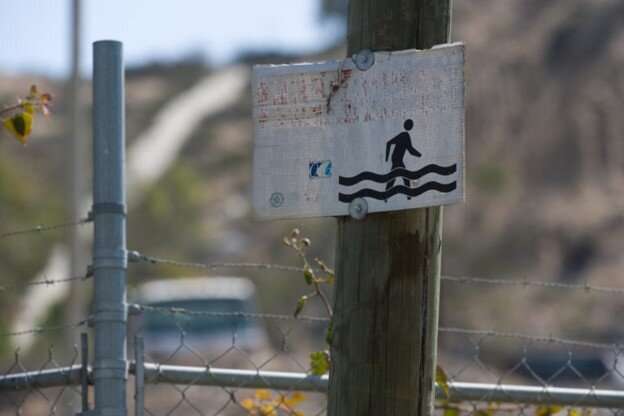Researchers find collaborative flood modeling process effective

Community collaboration and high-resolution maps are keys to effective flood risk management, according to civil engineers and social scientists at the University of California, Irvine and other institutions.
"The impacts of flooding continue to escalate in the U.S. and around the world, and the main culprit is urban growth in harm's way, with communities underprepared to deal with extreme events that are getting more intense in a warming climate," said lead author Brett Sanders of UCI. "Our approach rests on making modern flood simulation technologies accessible and useful to everyone in at-risk communities."
In a study published in the American Geophysical Union journal Earth's Future, the researchers report on a successful new process called "collaborative flood modeling" for addressing the increasing threat of rising waters brought on by climate change, aging infrastructure and rapid urban development.
Collaborative flood modeling combines the experiences and concerns of residents, landowners, government officials and business leaders with the knowledge and technological capabilities of academic researchers to foster a shared understanding of flood risk. A crucial element of any such effort is the development of high-resolution flood maps, or visualizations, based on hydrologic models and the insights of people who have lived through past floods.
The researchers put the method into practice during the Flood-Resilient Infrastructure & Sustainable Environments project, a five-year effort funded by the National Science Foundation. Beginning in 2013, FloodRISE teams worked in two Southern California coastal areas at risk of flooding—Newport Bay and the Tijuana River Valley—gathering data, conducting surveys and holding face-to-face meetings with residents.
"NSF supports this research because flooding is the number one natural disaster on Earth," says Junping Wang, a program director in NSF's Division of Mathematics. "There is an increasing need for reliable tools that allow us to better understand different scenarios of flooding and the damage it may cause so we can improve infrastructure resilience."
More information: Brett F. Sanders et al. Collaborative Modeling With Fine‐Resolution Data Enhances Flood Awareness, Minimizes Differences in Flood Perception, and Produces Actionable Flood Maps, Earth's Future (2019). DOI: 10.1029/2019EF001391
Provided by National Science Foundation





















